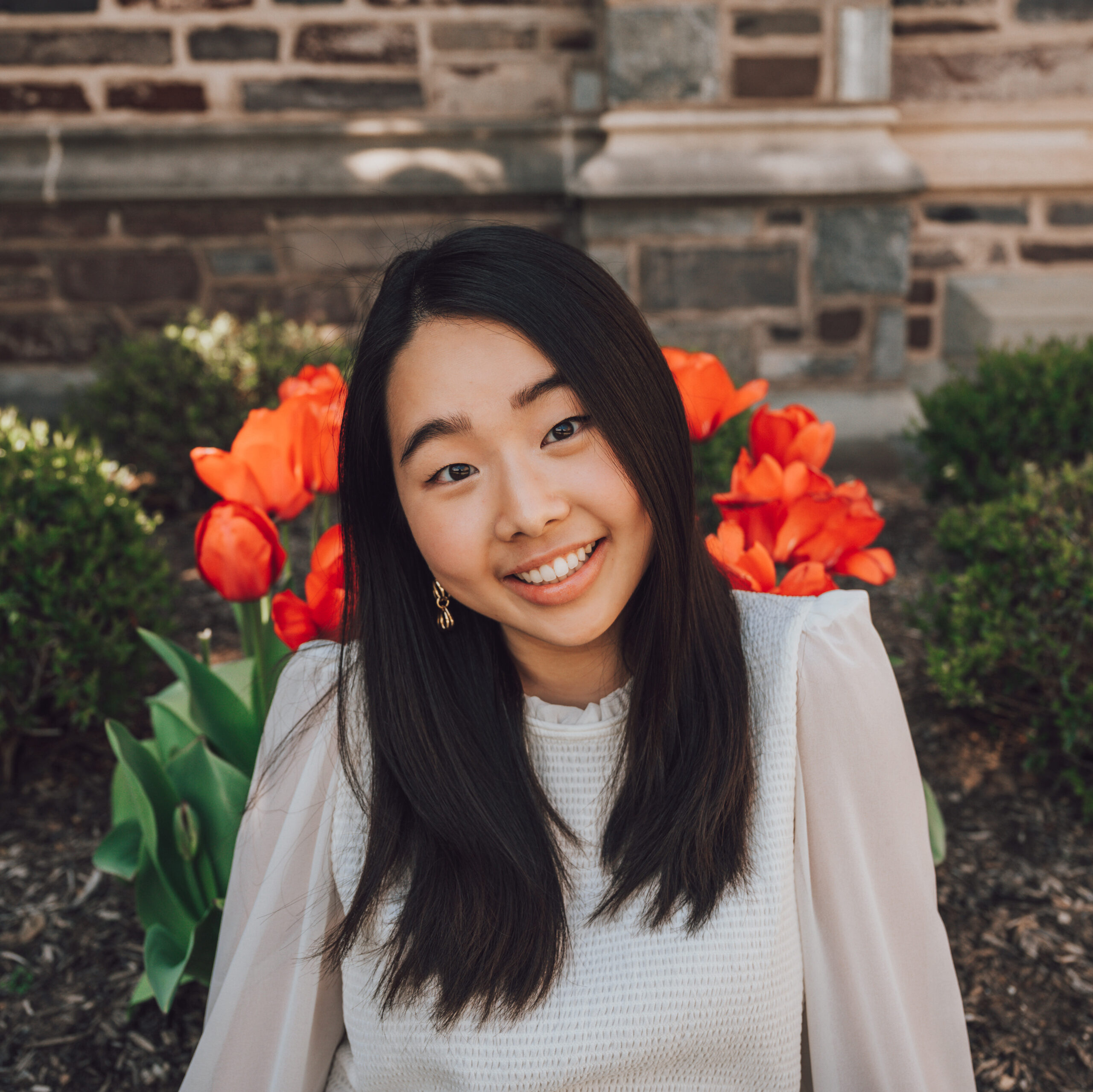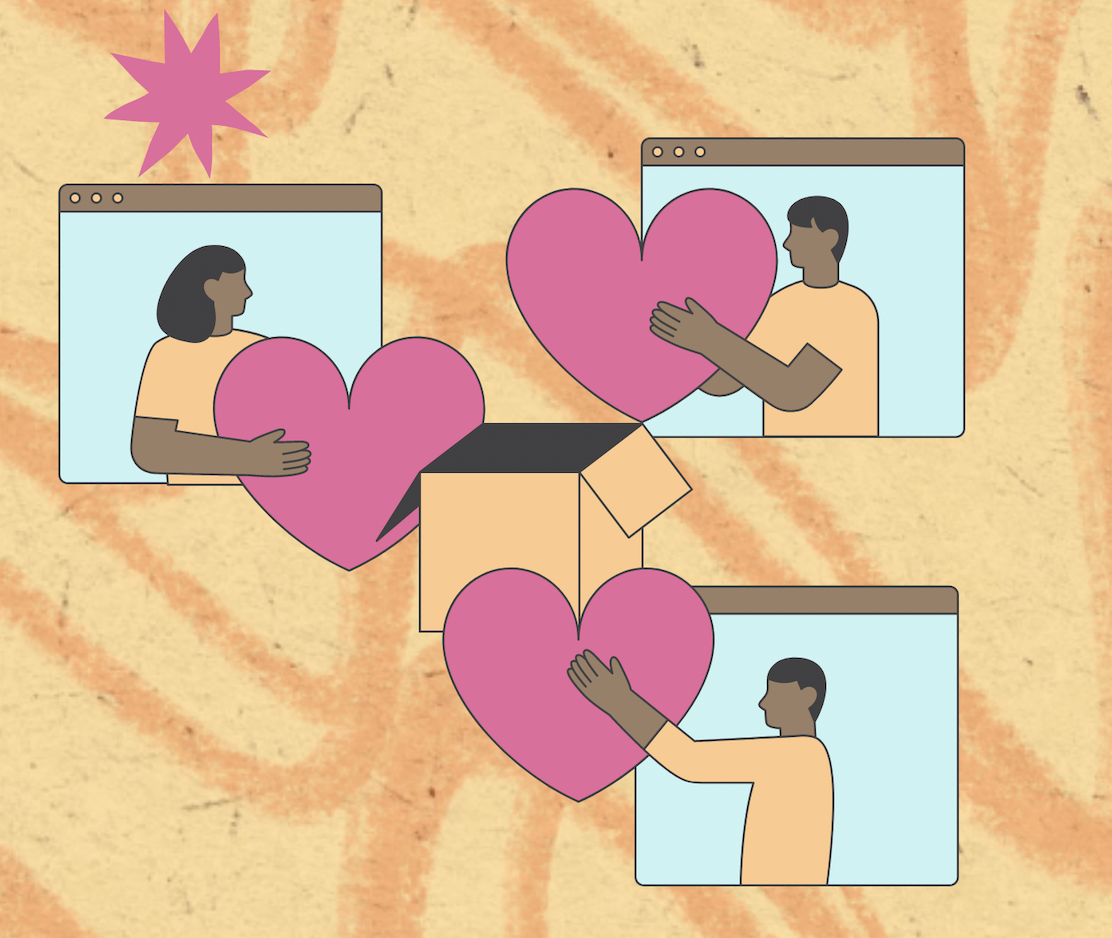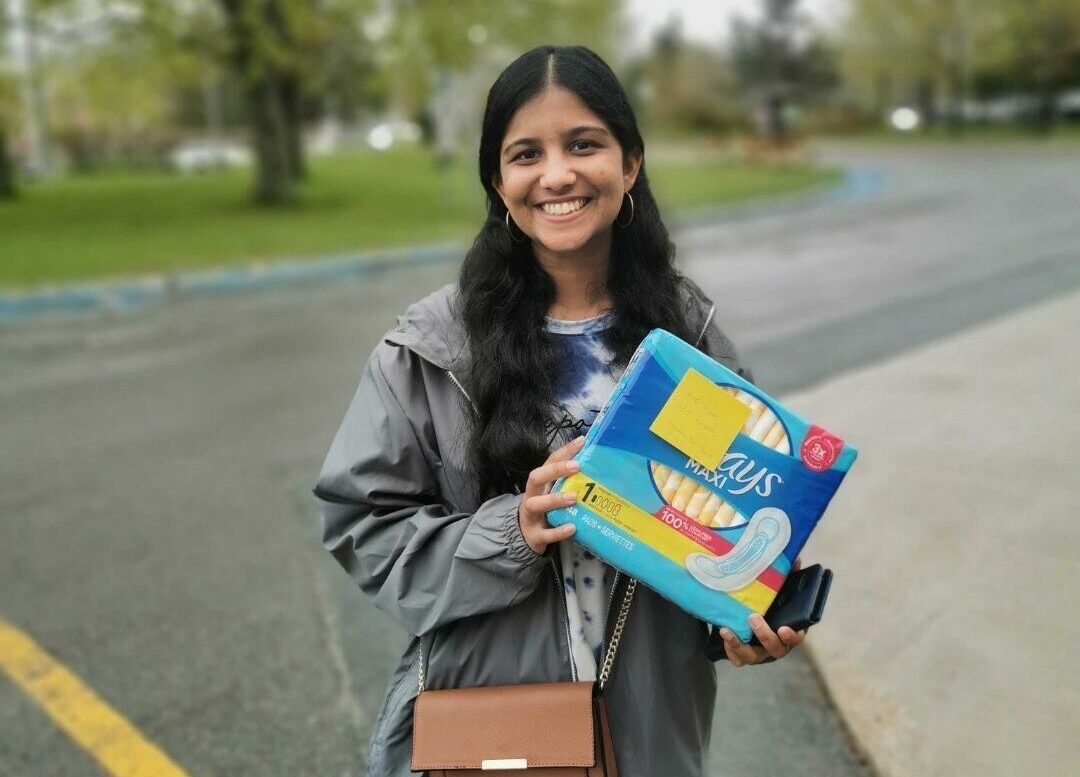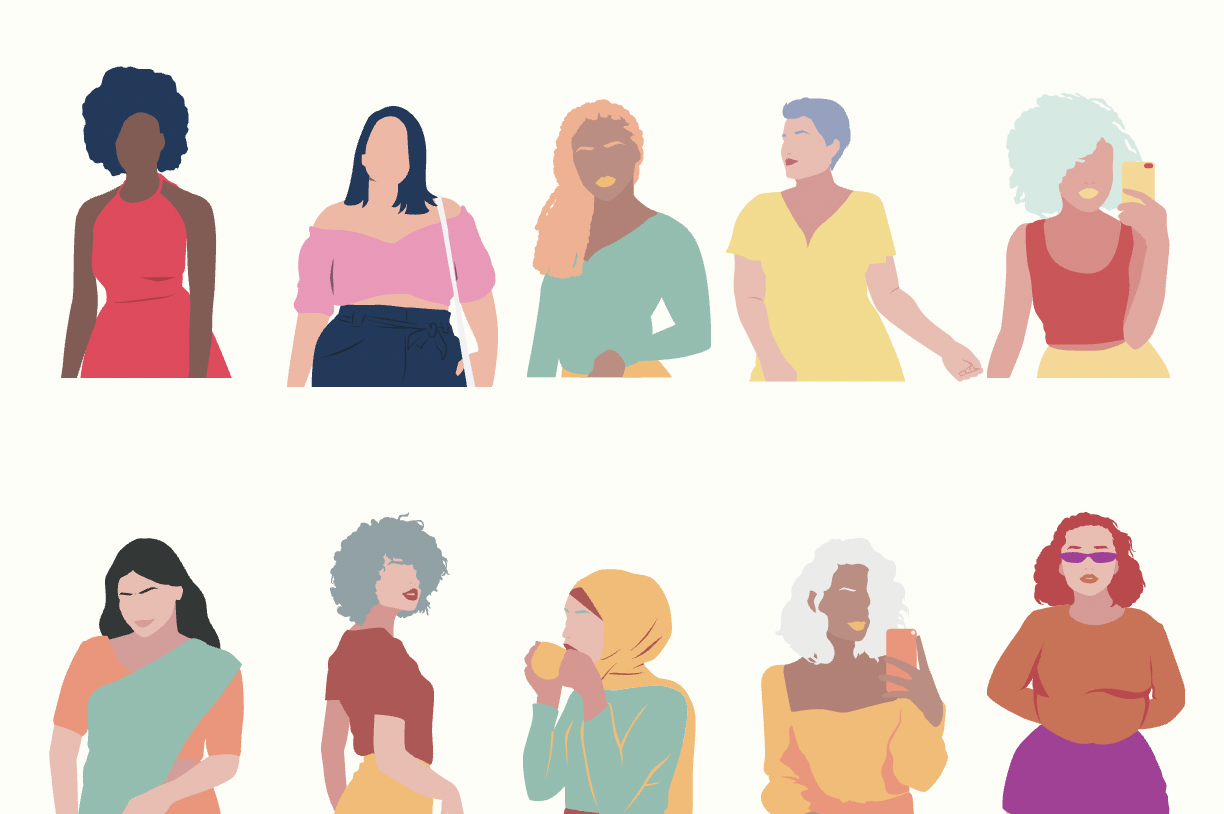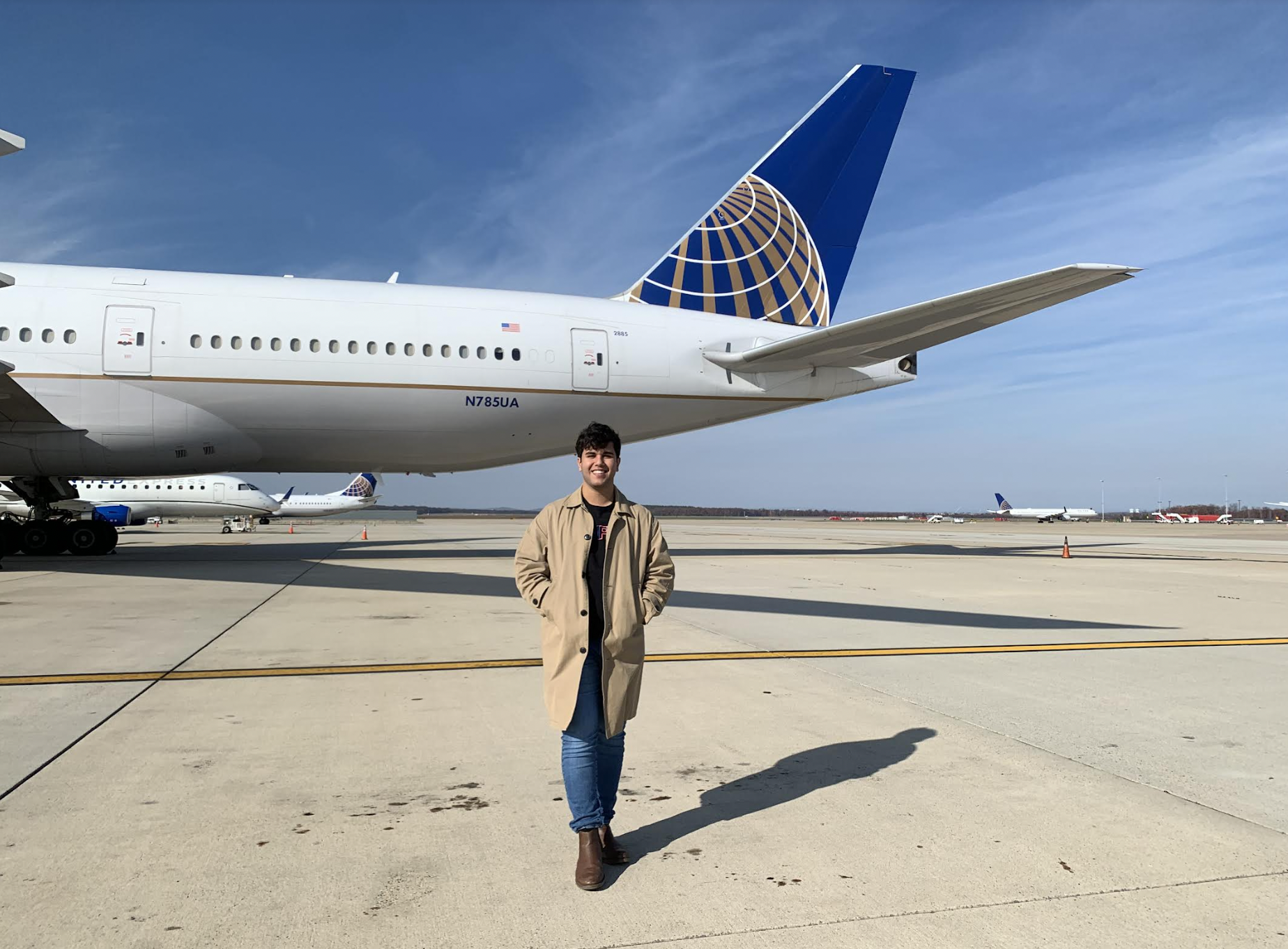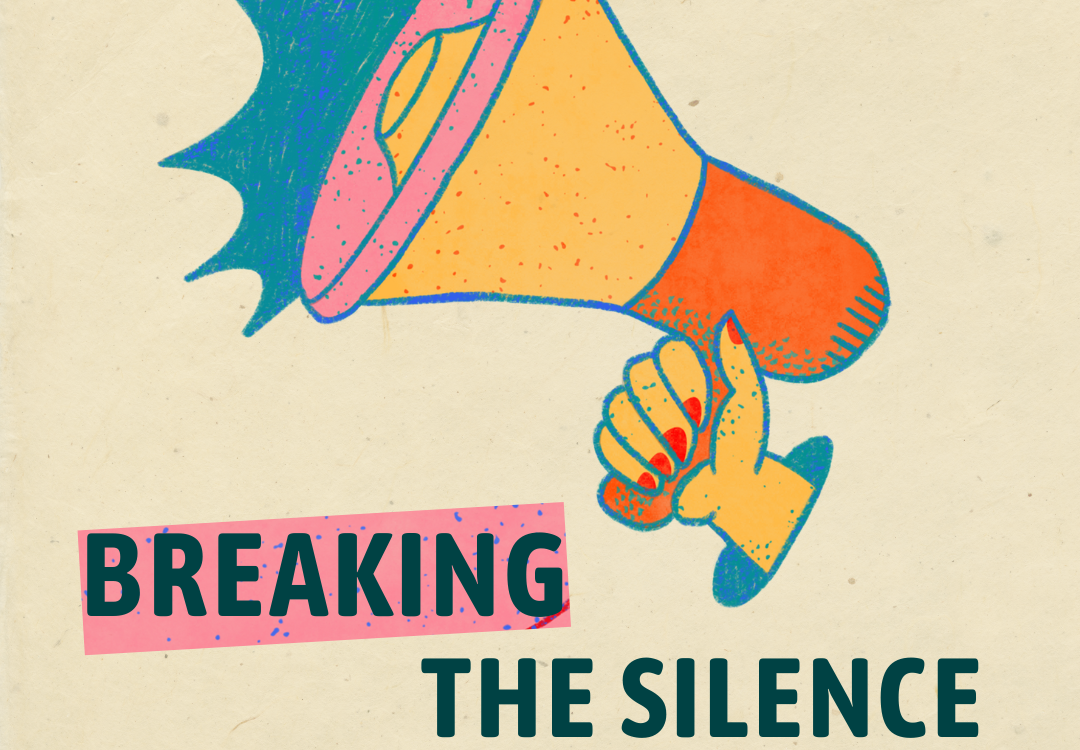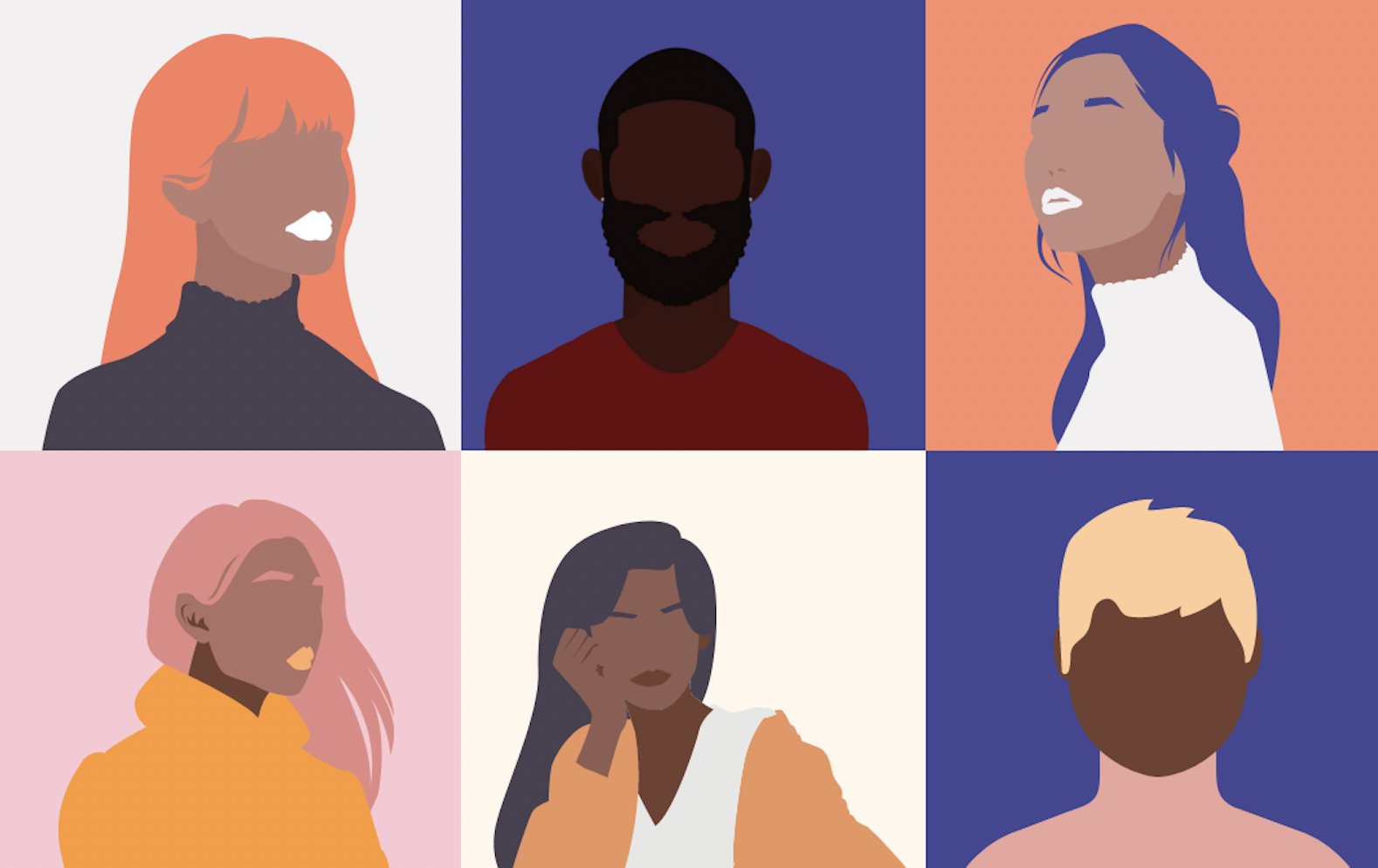Embarking on the journey of activism as a young person itching to make their mark on the world can be both empowering and transformative. As a 22-year-old navigating this intersection of disability and Asian American identity, I’ve discovered that advocacy not only allows us to amplify our voices but also fosters a sense of community and support.
Here are some ways to get more involved in activism within your local community, emphasizing the positive impact that you can have on the world around us—by no means is this a comprehensive list, but I hope that this will serve as a starting point for you to gain some traction in what can admittedly be an intimidating space.
Start by reflecting on the issues that resonate with you! Consider your personal experiences, the challenges you’ve faced, and the broader social justice issues that matter most to you. Identify the passion that fuels your desire to make a difference: this does not have to happen in a public declaration on social media—feel free to start with quiet journaling and self-reflection, to figure out what your “why” is.
Look for local organizations that align with your interests. For me, this included disability advocacy groups, cultural organizations, and social justice initiatives. Attend community meetings, seminars, and events to connect with other young advocates and leaders; the new year is a fantastic time to reach out to these organizations, they are always looking for new community members to engage!
Actively build connections with people who share your passion for advocacy. Attend community gatherings, both virtual and in-person, to build connections; many of the Youth Advisory Board members with the Born This Way Foundation have found community in one another., Nnever estimate the power of a new friend. Networking not only broadens your perspective, but it can also introduce you to potential collaborators and mentors who can guide you in your advocacy journey.
It’s important to stay informed about the issues you care about! Read books, articles, and attend workshops to deepen your understanding of social justice and intersectionality. When I first began learning more about the disability community, educating myself on the history of the disability rights movement through the works of Judy Heumann, Alice Wong, and Stacey Park Milbern allowed me to gain a critical background of the movement I was joining. Knowledge is a powerful tool in advocacy that leverages the democratizing power of the internet, which you can wield to articulate your message effectively.
Seek out workshops and training sessions that provide practical skills for effective advocacy, which may include public speaking, community organizing, or understanding the legislative process. Developing any one of these skills will enhance your ability to drive positive change—every quarter, reflect on which skills you have improved on, and which skillsets you need to invest in to truly make the most of your positionality.
Actively participate in local initiatives or start your own. Collaborating with others magnifies the impact of your advocacy, with several studies supporting that a strong team can make all the difference in any entrepreneurial endeavor. It could be a community awareness campaign, a fundraiser for a cause, or a support group for individuals facing similar challenges.
Acknowledge the diverse aspects of your identity and those around you. Embrace intersectionality in your advocacy, recognizing that issues like race, gender, and disability are interconnected. This inclusive approach strengthens your impact and fosters a more supportive community.
Advocacy can be emotionally demanding, so it’s crucial to prioritize your mental health. Build a support system, practice self-care, and seek guidance when needed. A healthy mind is better equipped to navigate the challenges of activism—if you want to learn more, check out this Channel Kindness article I wrote about how disability and mental health are closely tied.
Lastly, I urge you all to recognize and celebrate the small victories in your advocacy journey. Whether it’s raising awareness, inspiring others, or making tangible changes, each step contributes to the broader movement for positive change—together, we can take one step forward in making the world a kinder and braver place.




